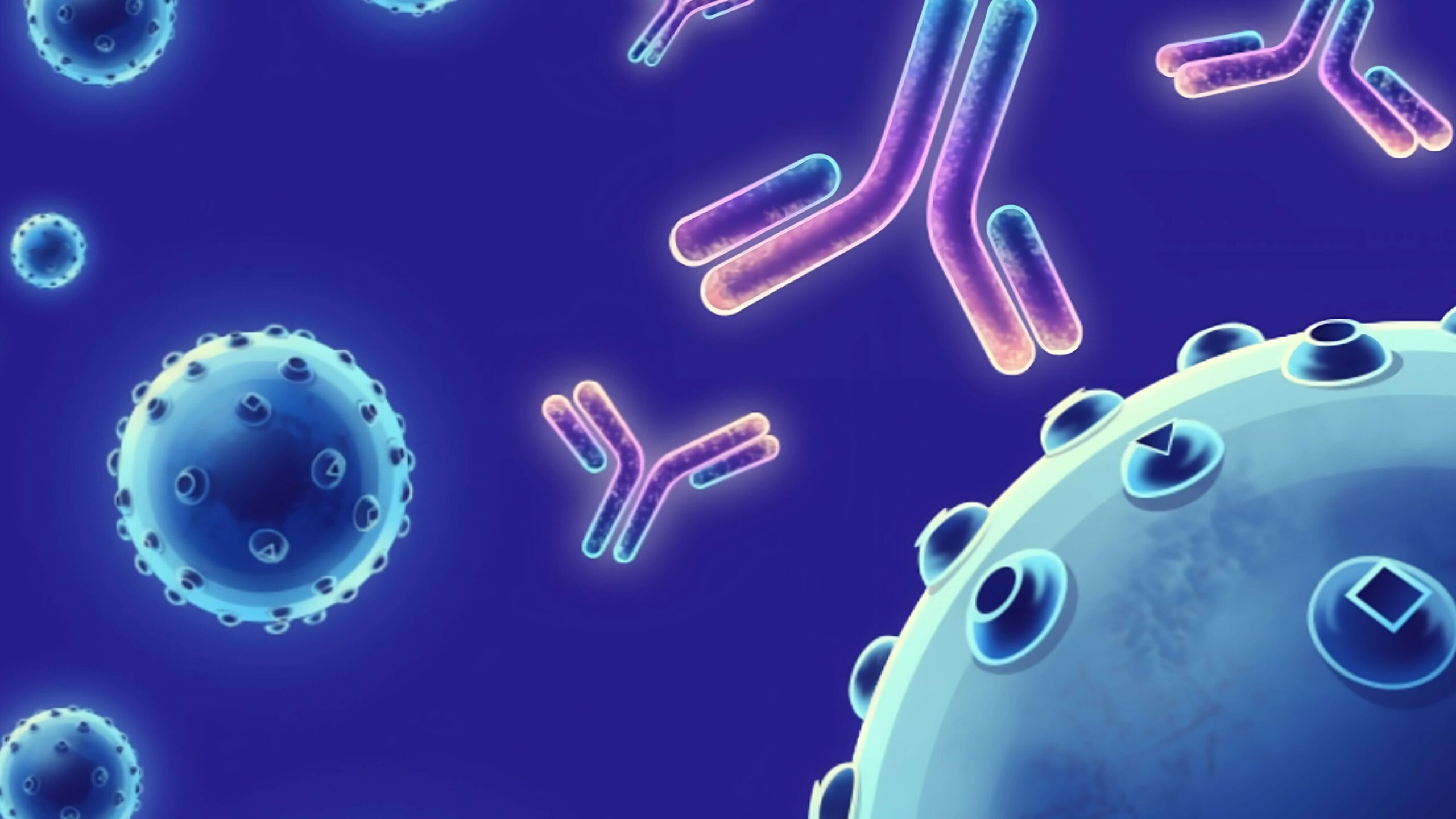Description
anti-LRP5/6 (human), mAb (rec.) (Heldy-1-4) is composed of human variable regions (VH and VL) (lambda-chain) of immunoglobulin fused to the human lgG2 Fc domain. anti-LRP5/6 (human), monoclonal recombinant antibody (blocking) (Heldy-1-4) is an antibody developed by antibody phage display technology using a human naive antibody gene library. These libraries consist of scFv (single chain fragment variable) composed of VH (variable domain of the human immunoglobulin heavy chain) and VL (variable domain of the human immunoglobulin light chain) connected by a polypeptide linker. The antibody fragments are displayed on the surface of filamentous bacteriophage (M13). This scFv was selected by affinity selection on antigen in a process termed panning. Multiple rounds of panning are performed to enrich for antigen-specific scFv-phage. Monoclonal antibodies are subsequently identified by screening after each round of selection. The selected monoclonal scFv is cloned into an appropriate vector containing a Fc portion of interest and then produced in mammalian cells to generate an IgG like scFv-Fc fusion protein. Recognizes human and mouse LRP5 & LRP6. Species cross-reactivity: Human, Mouse. Clone: Heldy-1-4. Isotype: Human IgG2lambda. Applications: FACS. Host: HEK 293 cells. Liquid. In PBS containing 10% glycerol. Wnt/beta-catenin signaling acts as a regulator of tissue development and homeostasis. Wnt ligands bind to a member of the Frizzled family of seven-transmembrane proteins and to either highly homologous low-density lipoprotein related receptors 5 (LRP5) or LRP6. Low-density lipoprotein receptor-related protein 6 (LRP6) is a member of the low-density lipoprotein receptor (LDLR) family. LRP5 and LRP6 are expressed in most human tissues and is composed of three distinctive cell-surface protein domains, including (1) LDL receptor (LDLR) type A repeats; (2) an epidermal growth factor (EGF)-like domain; and (3) a YWTD (Tyr-Trp-Thr-Asp)-type beta propeller domain. LRP6 is inhibited by the Dickkopf protein Dkk1 bound to their partners Kremen. Sclerotin also acts as an inhibitor of LRP5/6 through LRP4. LRP6 is involved in cell differentiation, proliferation and migration during embryonic development and in the pathogenesis of different cancer types. LRP6 plays a major role in metabolic regulation, specifically in the nutrient-sensing pathway. Patients carrying an LRP6 mutation exhibit high serum LDL cholesterol and triglycerides, hypertension, high fasting blood glucose levels, a prevalence of diabetes and low bone density. LRP6 mutations have also been associated with diseases such as Alzheimer's and degenerative joint diseases. LRP5, low-density-lipoprotein-receptor-related protein 5, is a determinant for bone mineral density and plays a role in osteoporosis. LRP5 is aso involved in vitreoretinopathy.
Targets
LRP5, LRP6
Target Alias Names
Low-density Lipoprotein Receptor-related Protein 5, LRP-5, Low-density Lipoprotein Receptor-related Protein 6, LRP-6
Isotype/Mimetic
Human IgG2lambda
Animal-Derived Biomaterials Used
None
Sequence Available
Yes
Original Discovery Method
Human-derived phage display
Original Discovery Information Provided On Datasheet
Yes
Antibody/Binder Origins
Animal-free discovery, In vitro recombinant expression

